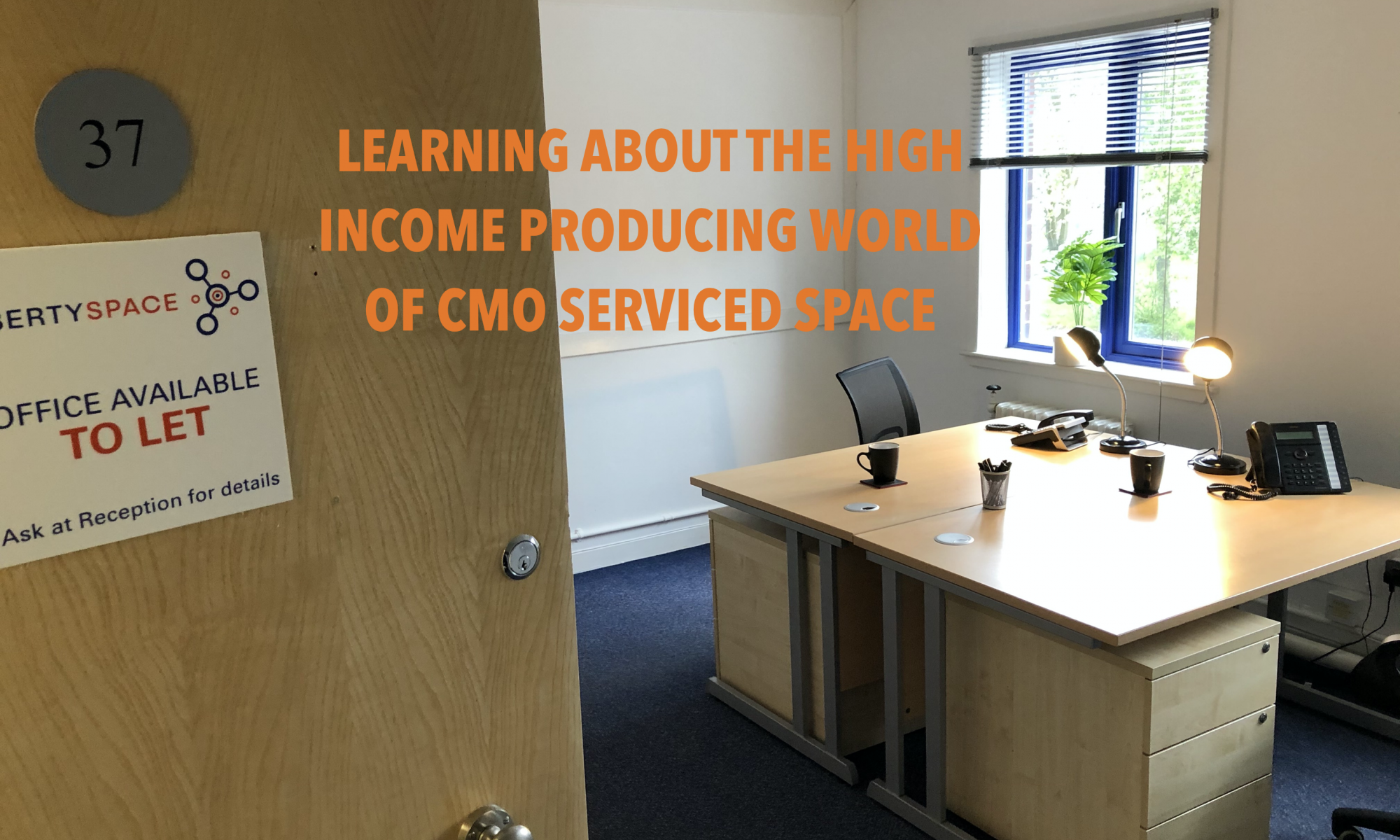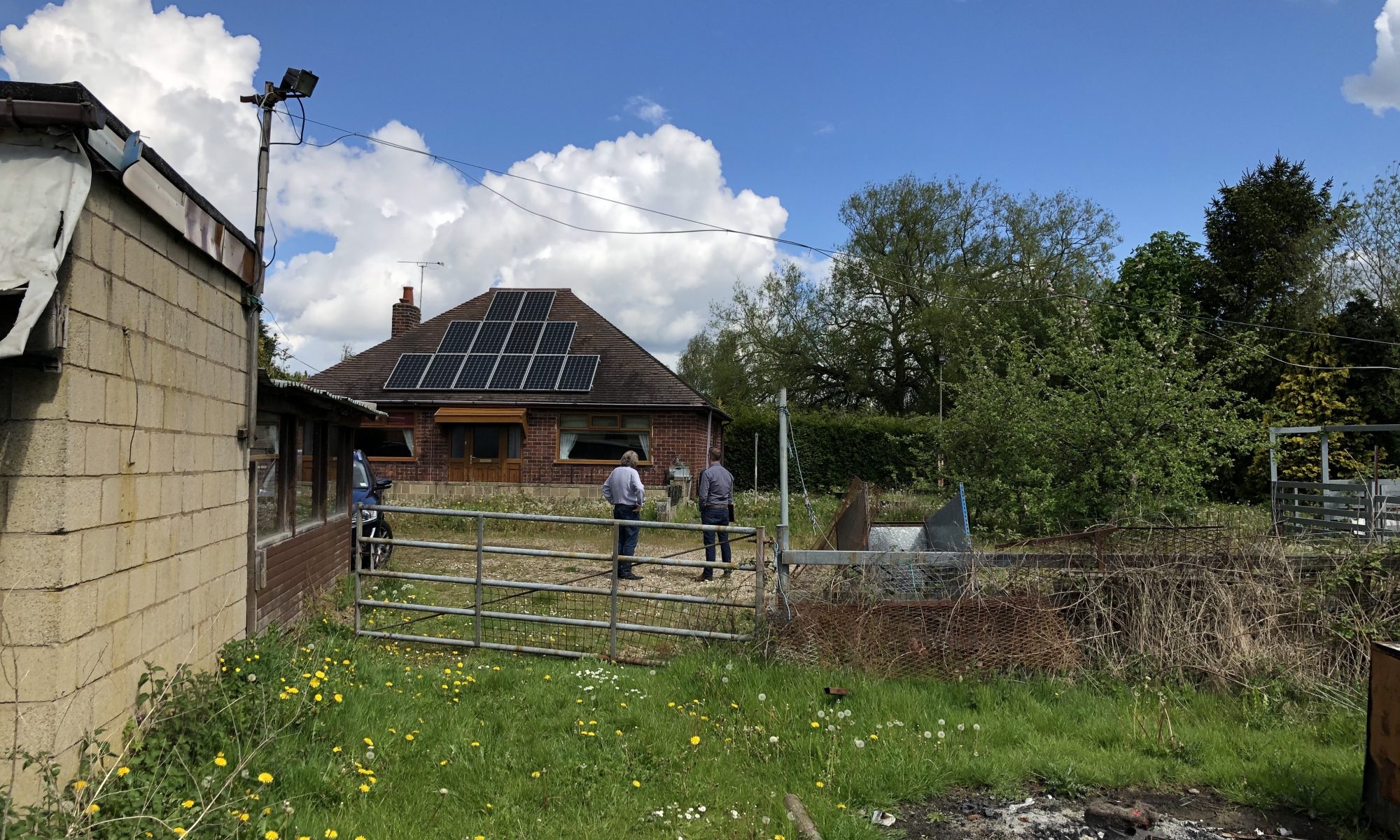Most property investors are familiar with HMO’s, I have a few myself. And many of us are operating serviced accommodation (SA), but we don’t see so many investors combining the essence of these two models in the commercial space – in other words commercial multiple occupancy (CMO) buildings offering serviced space.
I remember reading a fascinating feature in the YPN magazine back in 2019 about this CMO strategy – the interview was with Scottish commercial investor, and podcast host, Jerry Alexander. With covid restrictions finally allowing a bit more movement, this week Chris and I drove over the bridge for a tour of Jerry’s CMO investments followed by an evening of amazing pizza and a game of Cash Flow.
Better understanding the CMO model will absolutely help you see buildings differently. Whether that be looking at how to increase annual rent from a currently tenanted building, or considering different ways to optimise a vacant ‘problem’ building. Had the local baker not tenanted our commercial property, we certainly would have wanted to go down the CMO route to split up our 2500 sqft shop into smaller parts to multi-let the different sections. That will always be a fall back option for us though 😊.
I’m a keen learner and note taker so scribbled copious notes over the day. Here is a selection of some key learns, distinctions and observations.
# I was fascinated to see how the demand for business centres has evolved from being predominantly professionals like Accountants, IFAs, Mortgage Brokers etc to businesses in the therapies space, beauticians, physios, tattoo artists, chiropractors and the like. These businesses change the thinking in terms of what you’d need to provide for access to the building ie not the standard 9am-6pm times.
# The key thing to understand before jumping into this is to figure out if there is a place for a serviced office offering – in other words understanding what is currently available, what isn’t and what is there significant demand for. Eg, are there lots of large office spaces for let but no 2-4 person rooms with desks?
# One of the Business Centres we toured was previously managed by a national agent and when he took it on the running costs were incredibly high. However as Jerry pointed out, national agents aren’t great at managing serviced offices, but that’s where opportunities can be found. Jerry was able to reduce the cost base by over £30K under his own company’s management.
# Larger spaces, although they may seem more daunting, offers significant economies of scale
ie having 1 member of staff to manage the building, their salary is shared across many more rental spaces.
# The concept of net lettable space ie if the building is 10,000 SQFT and 7500 SQFT is available for office space then 75% is the net space that can be monetised. So it raises the question how efficient can you make a building in terms of what is lettable vs the circulation space ie 75% 80%?
# Most of Jerry’s business centres had substantial parking areas and part of those were used for shipping containers to provide storage space to rent out. What a great idea! Especially as there are more and more small businesses with physical product offerings who need a bit of storage plus a bit of desk space – voila, there’s the ideal solution. [Note shipping containers are liable for business rates]. Shipping containers can be a great way to attract new small clients who start by needing some storage and later need to upgrade to take office space too.
# As most reading this will know, the opportunity to add value to a commercial building comes from the key inputs of rent, length of lease and quality of tenant. While a CMO building may not have tenants on a long lease, as most would typically be on a 12 month license to occupy, the higher rent/SQFT will mean that net cash flow can be far higher than with having one tenant on a long term lease. With a significantly higher rent income, the CMO has the opportunity to value up higher, even taking into account the shorter license terms. The valuation of a CMO building is calculated as a multiple of the net licensed income.
# When it comes to business rates, a CMO building can have each office space rated separately and with the license holders being responsible for the rates, they can each benefit from small business rates relief.
# If a staff member can be afforded to run the serviced offices rather than using a national agent, it will generally create more ‘glue’ (as Jerry calls it 😁) with the clients and in turn higher rental rates and occupancy.
# In buying well at the beginning, the back up plan/worst case (but acceptable scenario) for a CMO is that it’s let out as standard office space at the most competitive end of the market rate – and that still makes money because you bought it well.
I love business and I love property, so the CMO strategy really strikes a chord. We already have a serviced accommodation business and I can see so many commonalities between CMO and SA – in short, they are both about understanding the client base you are serving and selling a serviced space solution- one is for working while the other is for living. Both will have similar types of cost base ie utilities, maintenance, staff, both can be operationally involved (unless you have staff or outsource management) but both have the potential to generate significantly higher net income from the same space from which a traditional long term lease would generate far less.
What did your property business lead you to learn this week?





